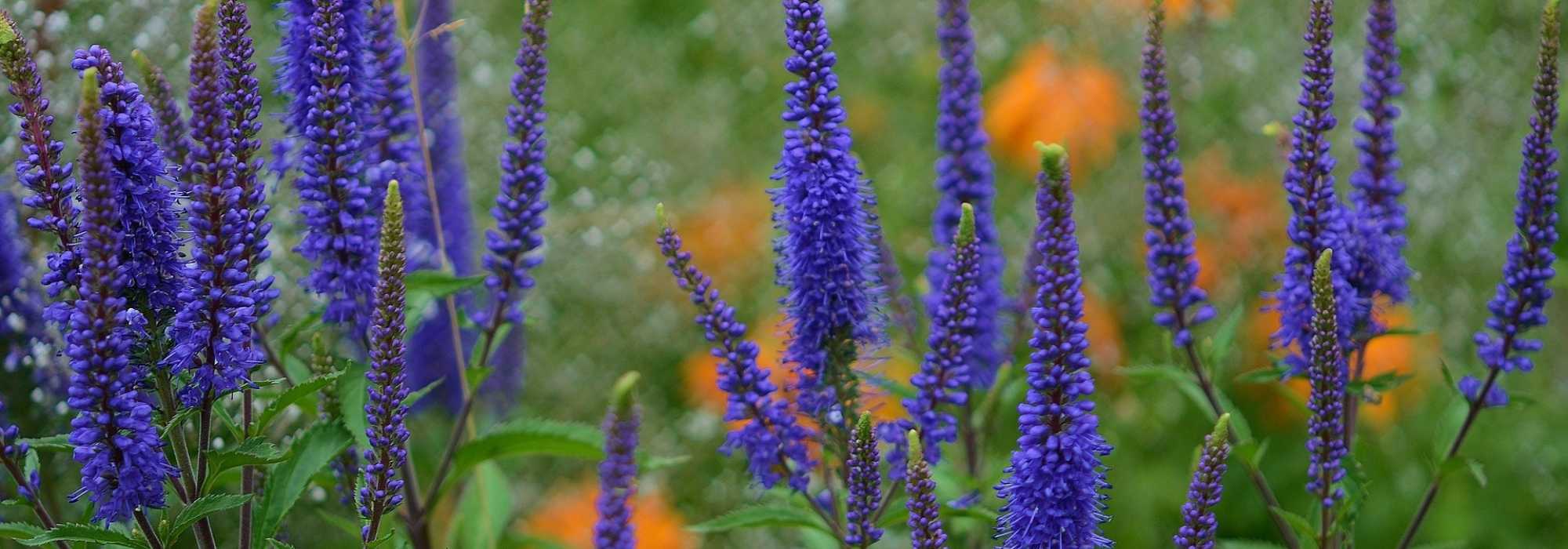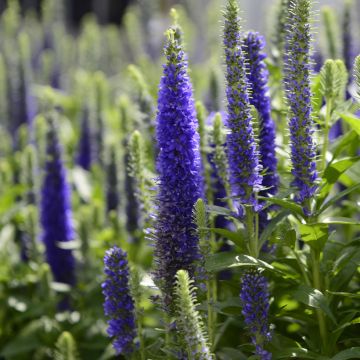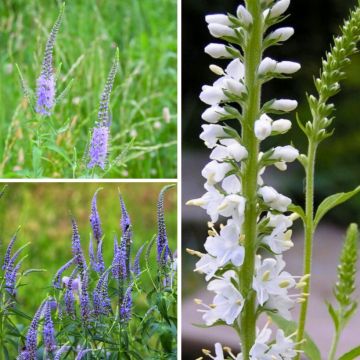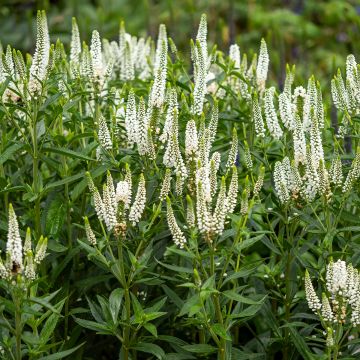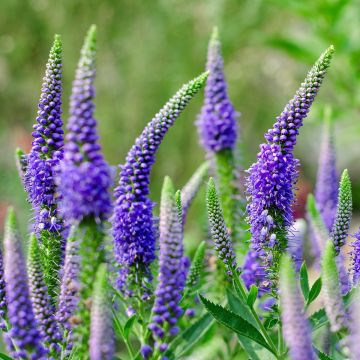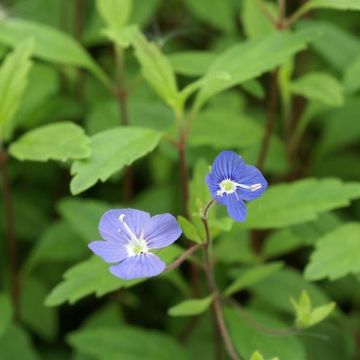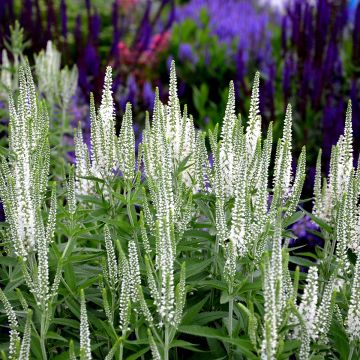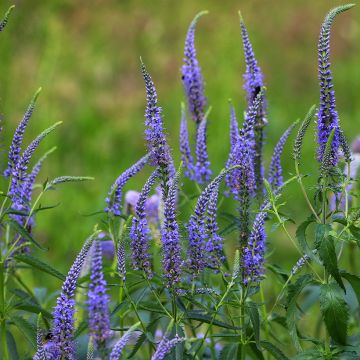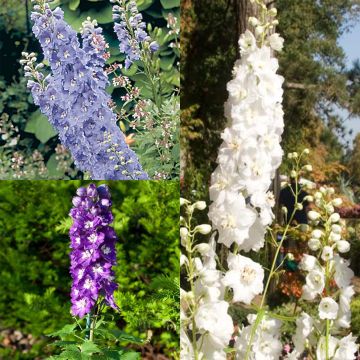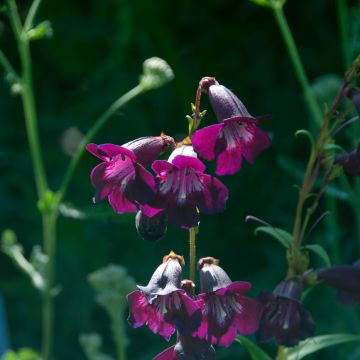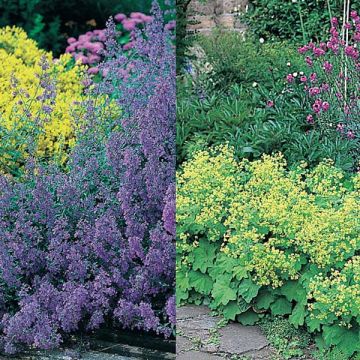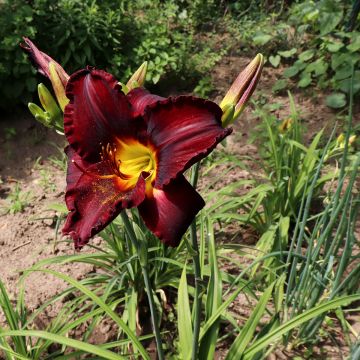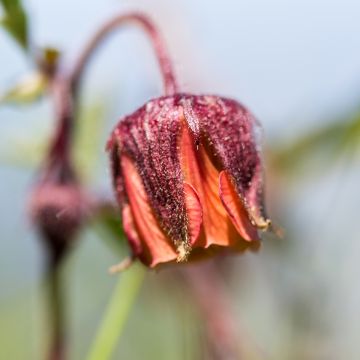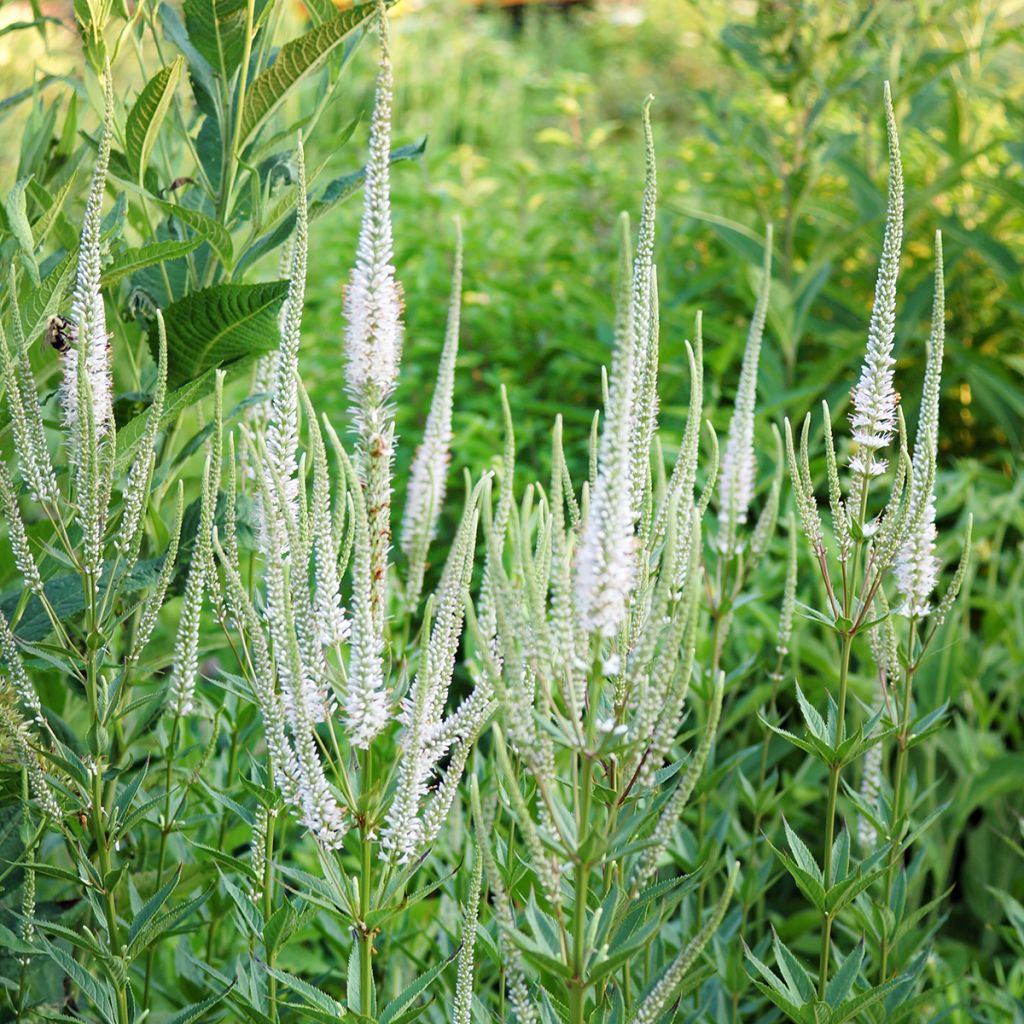

Veronicastrum virginicum Album
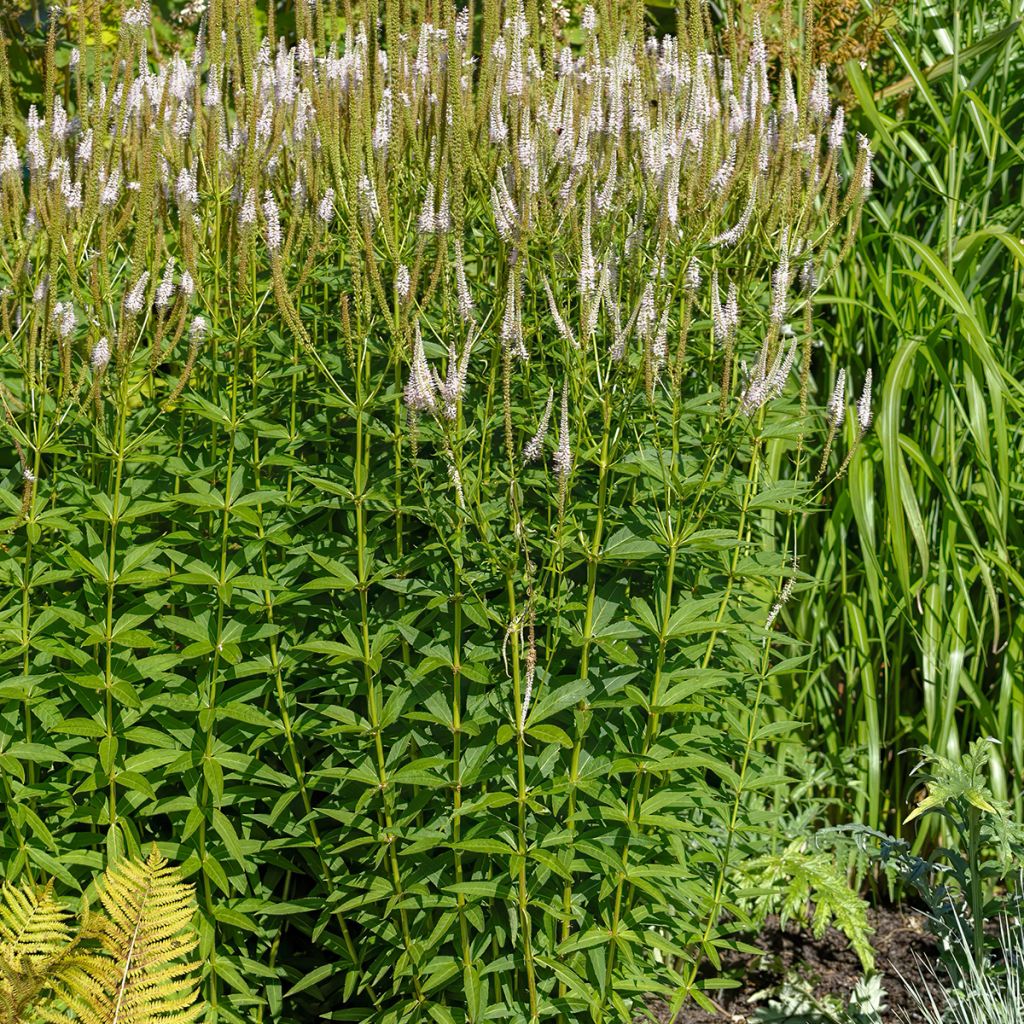

Veronicastrum virginicum Album
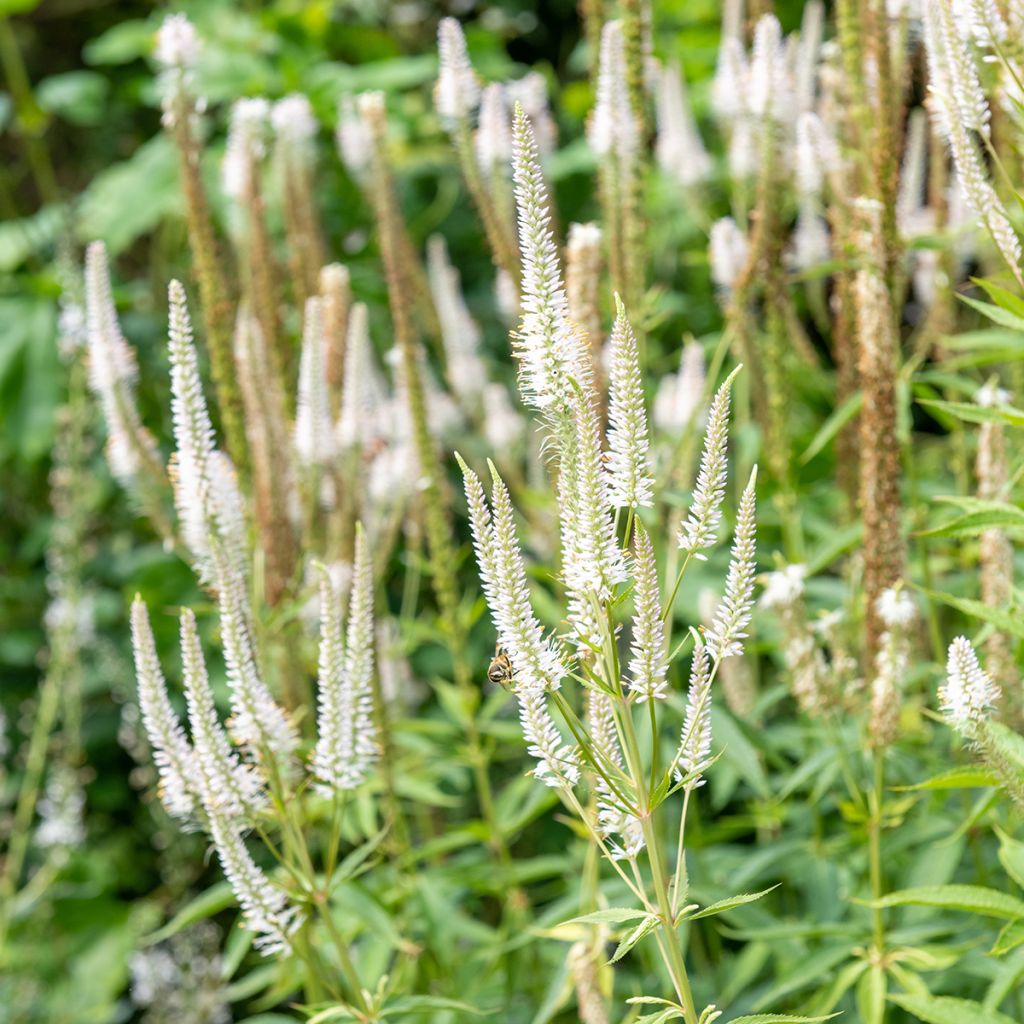

Veronicastrum virginicum Album
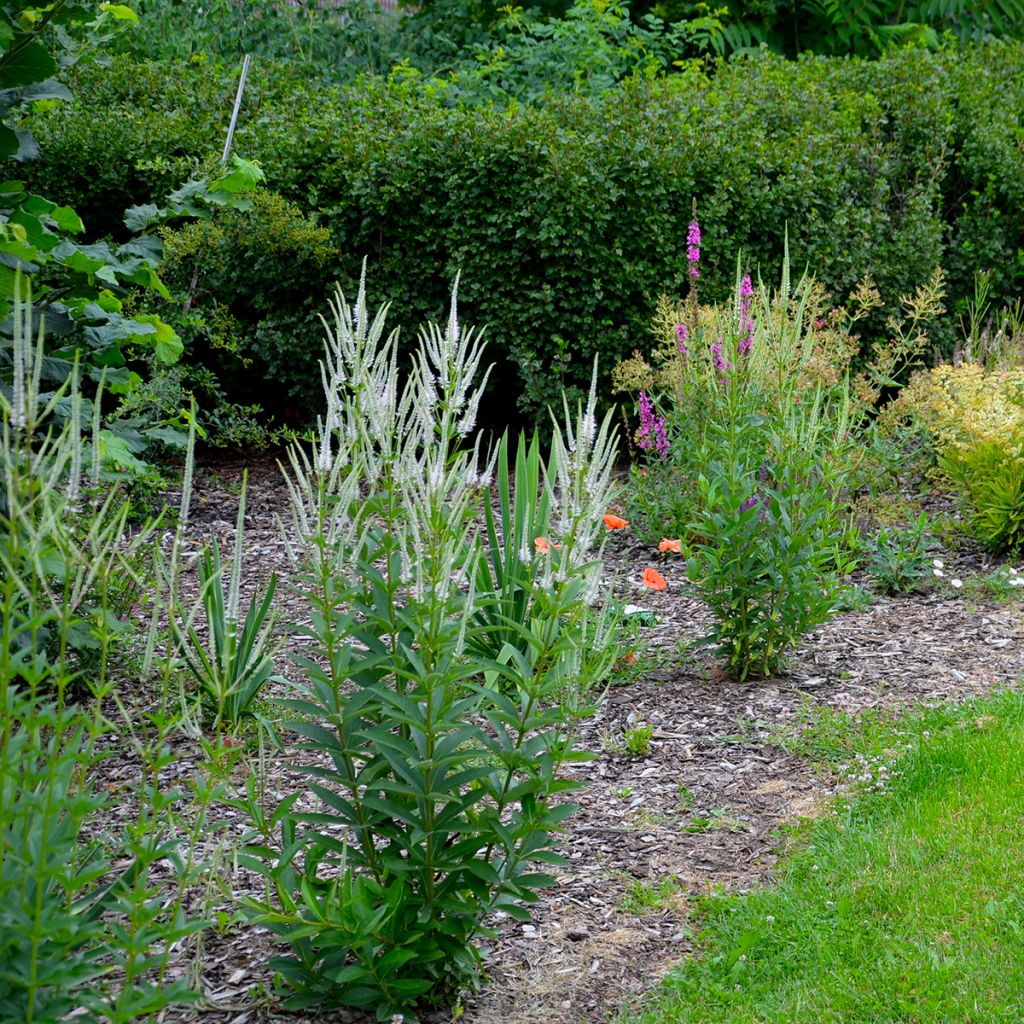

Veronicastrum virginicum Album


Veronicastrum virginicum Album
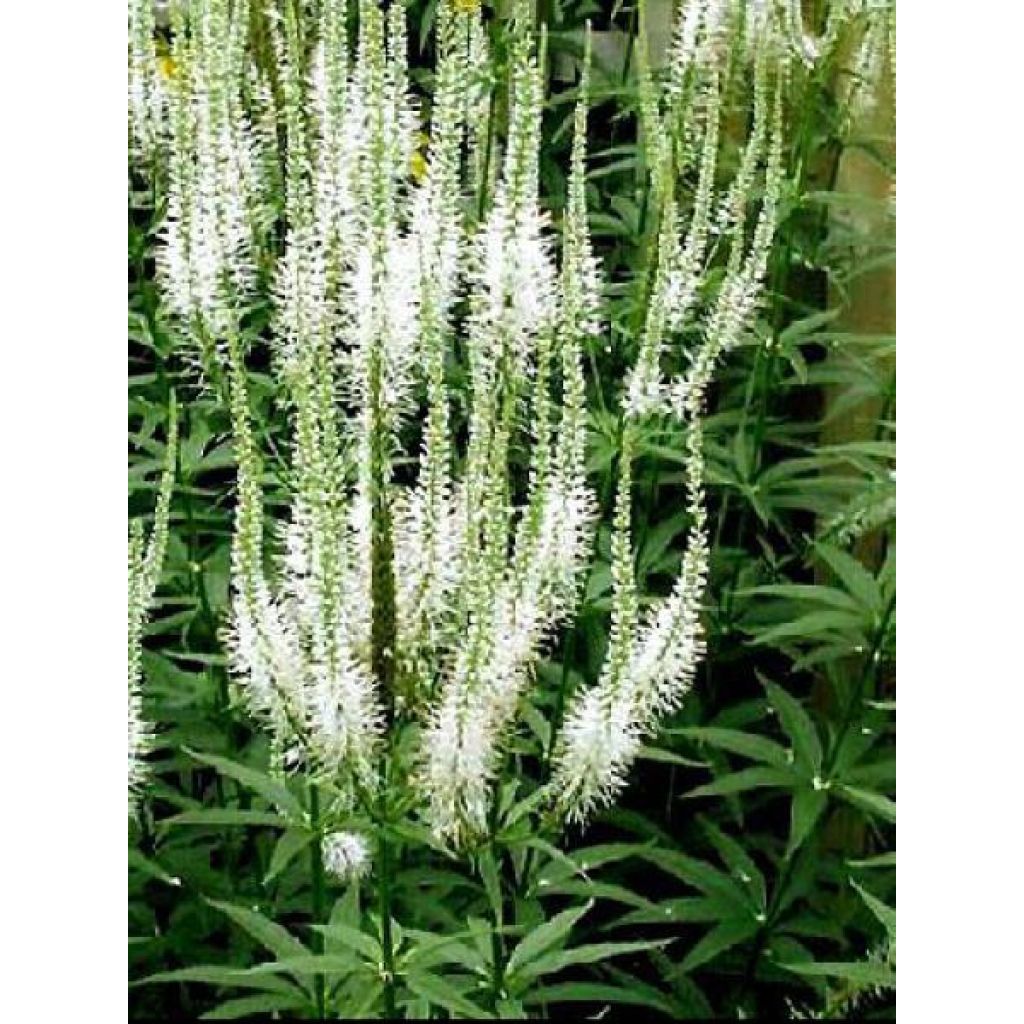

Veronicastrum virginicum Album
Veronicastrum virginicum Album
Veronicastrum virginicum var. album
Culver's root, Virginia Speedwell, Bowman's Root
Plant not in very good shape, doubts about the future
Roland, 11/03/2024
Special offer!
Receive a €20 voucher for any order over €90 (excluding delivery costs, credit notes, and plastic-free options)!
1- Add your favorite plants to your cart.
2- Once you have reached €90, confirm your order (you can even choose the delivery date!).
3- As soon as your order is shipped, you will receive an email containing your voucher code, valid for 3 months (90 days).
Your voucher is unique and can only be used once, for any order with a minimum value of €20, excluding delivery costs.
Can be combined with other current offers, non-divisible and non-refundable.
Home or relay delivery (depending on size and destination)
Schedule delivery date,
and select date in basket
This plant carries a 12 months recovery warranty
More information
We guarantee the quality of our plants for a full growing cycle, and will replace at our expense any plant that fails to recover under normal climatic and planting conditions.

Would this plant suit my garden?
Set up your Plantfit profile →
Description
Veronicastrum virginicum 'Album', also known as White Virginian Speedwell, is a tall perennial plant with dark green foliage and a very upright structure. It offers a long summer flowering in long, delicate spikes with a fluffy appearance, adorned with small white tubular flowers. Not invasive and easy to grow, this highly architectural plant is perfect at the back of borders, to delicately accompany other perennials with more vibrant blooms and light-coloured foliage. It favours moist to wet soils.
Veronicastrum virginicum is a plant from the Plantaginaceae family. It is native to meadows, riverbanks, ponds, ditches, and flood meadows in the eastern United States, from western Manitoba, Dakota, Nebraska, Kansas, Oklahoma, and southern Texas to states along the Atlantic coast. This tall perennial produces an unbranched leafy stem 1.2 to 1.5m (4 to 5ft) high, sometimes more in rich soil. The stems divide at the top into thin, long spikes carrying a myriad of pure white flowers. The flowering period extends from July to September, crowning the plant with thin spikes about 20cm (8in) long, composed of melliferous and nectariferous small flowers. The foliage is deciduous, consisting of compound and whorled leaves. The lanceolate, rough, and toothed leaflets are arranged in a star shape around the stem. Their colour is a shiny dark green. This plant does not like to be disturbed and expands over time, forming beautiful, very slender clumps.
They are hardy plants but take time to establish. It takes 2 to 3 years of cultivation for them to become truly majestic and withstand "overcrowded" neighbours. After that, the clumps continue to grow slowly but never become invasive. Watch them carefully for 2 years, and they will remain faithful to you for 20 years. Very easy to grow in moist soil, 'Album' pairs well with a multitude of plants and creates beautiful summer compositions. Along the edges of a pond, it pairs well with Joe-Pye Weed, Purple Loosestrife, Queen of the Prairie, and Marsh Spurge. In a wilder style, at the back of a border, this imposing perennial forms a successful association with tall grasses such as Maiden Grass, Switchgrass, and Feather Grass.
Veronicastrum virginicum Album in pictures
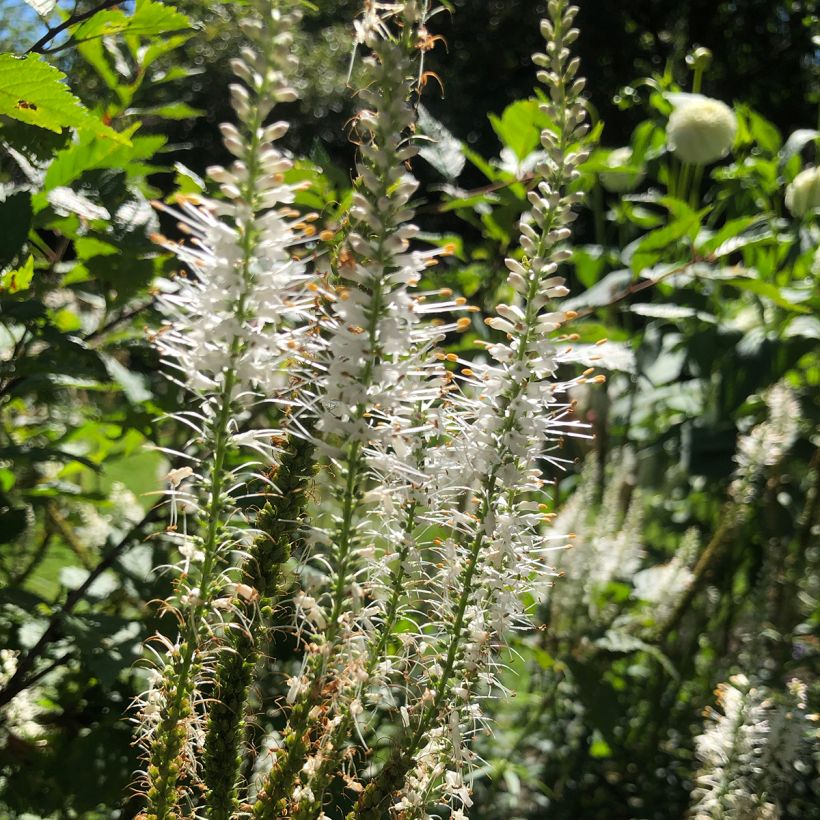

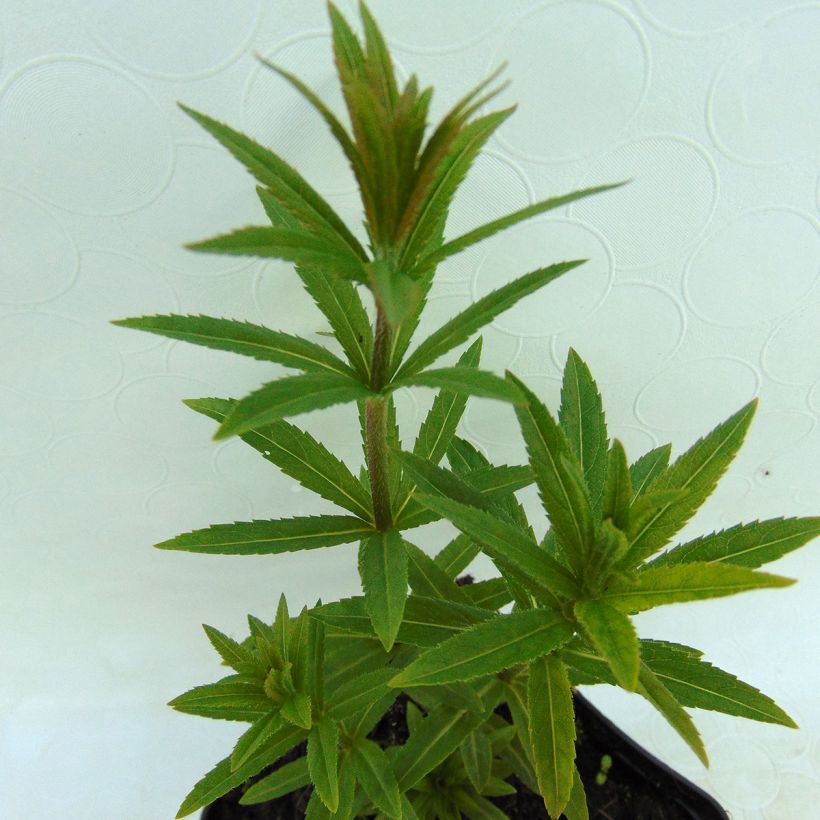



Flowering
Foliage
Plant habit
Botanical data
Veronicastrum
virginicum
var. album
Scrophulariaceae
Culver's root, Virginia Speedwell, Bowman's Root
North America
Other Veronica - Speedwell
View all →Planting and care
It thrives in partial shade, or in full sun if the soil is moist. It thrives in any damp and fertile soil that remains moist in summer, even on the edge of a pond. Avoid planting these tall plants in a location exposed to strong winds. In our garden, we grow them along the stream bank alongside Vernonia, Artemisia latifolia, and astilbes, etc.
Planting period
Intended location
Care
Planting & care advice
-
, onOrder confirmed
Reply from on Promesse de fleurs
Similar products
Haven't found what you were looking for?
Hardiness is the lowest winter temperature a plant can endure without suffering serious damage or even dying. However, hardiness is affected by location (a sheltered area, such as a patio), protection (winter cover) and soil type (hardiness is improved by well-drained soil).

Photo Sharing Terms & Conditions
In order to encourage gardeners to interact and share their experiences, Promesse de fleurs offers various media enabling content to be uploaded onto its Site - in particular via the ‘Photo sharing’ module.
The User agrees to refrain from:
- Posting any content that is illegal, prejudicial, insulting, racist, inciteful to hatred, revisionist, contrary to public decency, that infringes on privacy or on the privacy rights of third parties, in particular the publicity rights of persons and goods, intellectual property rights, or the right to privacy.
- Submitting content on behalf of a third party;
- Impersonate the identity of a third party and/or publish any personal information about a third party;
In general, the User undertakes to refrain from any unethical behaviour.
All Content (in particular text, comments, files, images, photos, videos, creative works, etc.), which may be subject to property or intellectual property rights, image or other private rights, shall remain the property of the User, subject to the limited rights granted by the terms of the licence granted by Promesse de fleurs as stated below. Users are at liberty to publish or not to publish such Content on the Site, notably via the ‘Photo Sharing’ facility, and accept that this Content shall be made public and freely accessible, notably on the Internet.
Users further acknowledge, undertake to have ,and guarantee that they hold all necessary rights and permissions to publish such material on the Site, in particular with regard to the legislation in force pertaining to any privacy, property, intellectual property, image, or contractual rights, or rights of any other nature. By publishing such Content on the Site, Users acknowledge accepting full liability as publishers of the Content within the meaning of the law, and grant Promesse de fleurs, free of charge, an inclusive, worldwide licence for the said Content for the entire duration of its publication, including all reproduction, representation, up/downloading, displaying, performing, transmission, and storage rights.
Users also grant permission for their name to be linked to the Content and accept that this link may not always be made available.
By engaging in posting material, Users consent to their Content becoming automatically accessible on the Internet, in particular on other sites and/or blogs and/or web pages of the Promesse de fleurs site, including in particular social pages and the Promesse de fleurs catalogue.
Users may secure the removal of entrusted content free of charge by issuing a simple request via our contact form.
The flowering period indicated on our website applies to countries and regions located in USDA zone 8 (France, the United Kingdom, Ireland, the Netherlands, etc.)
It will vary according to where you live:
- In zones 9 to 10 (Italy, Spain, Greece, etc.), flowering will occur about 2 to 4 weeks earlier.
- In zones 6 to 7 (Germany, Poland, Slovenia, and lower mountainous regions), flowering will be delayed by 2 to 3 weeks.
- In zone 5 (Central Europe, Scandinavia), blooming will be delayed by 3 to 5 weeks.
In temperate climates, pruning of spring-flowering shrubs (forsythia, spireas, etc.) should be done just after flowering.
Pruning of summer-flowering shrubs (Indian Lilac, Perovskia, etc.) can be done in winter or spring.
In cold regions as well as with frost-sensitive plants, avoid pruning too early when severe frosts may still occur.
The planting period indicated on our website applies to countries and regions located in USDA zone 8 (France, United Kingdom, Ireland, Netherlands).
It will vary according to where you live:
- In Mediterranean zones (Marseille, Madrid, Milan, etc.), autumn and winter are the best planting periods.
- In continental zones (Strasbourg, Munich, Vienna, etc.), delay planting by 2 to 3 weeks in spring and bring it forward by 2 to 4 weeks in autumn.
- In mountainous regions (the Alps, Pyrenees, Carpathians, etc.), it is best to plant in late spring (May-June) or late summer (August-September).
The harvesting period indicated on our website applies to countries and regions in USDA zone 8 (France, England, Ireland, the Netherlands).
In colder areas (Scandinavia, Poland, Austria...) fruit and vegetable harvests are likely to be delayed by 3-4 weeks.
In warmer areas (Italy, Spain, Greece, etc.), harvesting will probably take place earlier, depending on weather conditions.
The sowing periods indicated on our website apply to countries and regions within USDA Zone 8 (France, UK, Ireland, Netherlands).
In colder areas (Scandinavia, Poland, Austria...), delay any outdoor sowing by 3-4 weeks, or sow under glass.
In warmer climes (Italy, Spain, Greece, etc.), bring outdoor sowing forward by a few weeks.






























